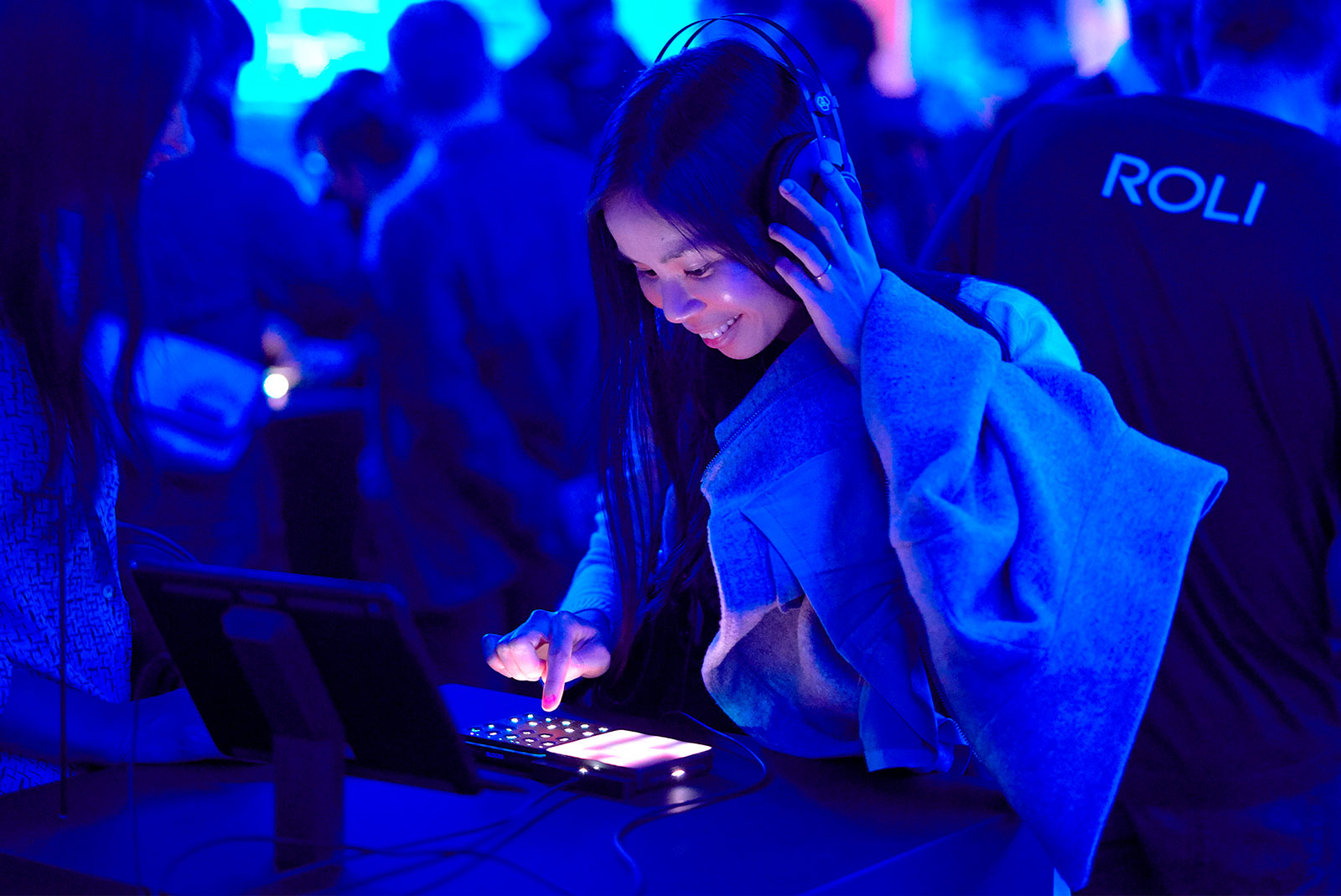Lots of new computers, as HP, Alienware, and Microsoft reveal what’s coming, and we go hands on with Roli’s Blocks to make music and check out what’s new from Google. It’s The Wrap.
Transcript
It’s the start of October, and you’re tuned into The Wrap, Australia’s fastest technology roundup, and we’ve had a good few weeks of phones thanks to the iPhone, so let’s get stuck into something else: computers.
Yes, the back half of the year is in full swing, and while we still have a few phones to go, what with the iPhone XR, Google Pixel 3, and something new from Huawei, too, the focus this week has been largely on computers.
Laptops and tablets, specifically, as HP, Microsoft, and Alienware all revealed new bits and pieces for work and play.
For work, HP has a new tablet computer coming in the form of the Spectre Folio, an ultra thin and light machine that is part metal and part cow.
While Bart may say don’t have a cow, HP is using leather to form the main material for the back of its new tablet laptop hybrid. It’s not just a slipcase, but rather a main part of the design, with leather being used in the hinge.
We’re told it’s a more resistant material, while the computer itself has fairly modern specs, but our question is what happens if someone wants the computer without leather? It seems they may just have to buy a different computer.
Good thing there are more options this week, and Alienware’s M15 is rocking up thinner and lighter this year for play. We did work before, now we’re doing “play”, and that’s what the new Alienware is for, playing a bit of catch-up to Razer’s line of thin gaming computers.
It’s a thinner generation that’s also lighter, sporting a two kilograms weight compared to three and a half in the current 15 inch variation, and it packs in the latest high-speed Intel chips with up to four or six cores, lots of storage, and a VR capable Nvidia GeForce chip.
And what if you want work AND play? Both are possible, and Microsoft may have a couple of options on the way, as it updates the Surface Pro and Surface Laptop, now at Surface Pro 6 and Surface Laptop 2.
They’re largely the same, though one is more tablet than laptop and the other is more laptop than tablet, getting Intel’s latest quad-core chips, 8 or 16GB of memory, up to one terabyte of storage, and a nice 12 or 13 inch touchscreen.
Strangely, Microsoft has ignored USB Type C for this laptop, but everything else is there. You’ll have to pay extra for that Surface Pen and Surface keyboard, though. Some things don’t change.
And then some things do.
Over in the world of Google, Maps is getting some changes, as music controls come to Google’s free brand of navigation, as well as some real-time data for public transport.
That last one is very specific to New South Wales at the moment, and means that if you’re trying to catch a bus to Bondi or Bombo, the map will show you not just when it’s coming and how late it probably is, but also how busy the bus is. That means Google can tell you if you’ll be sitting or standing just from the maps.
It’s a first for Google Maps in Australia, and we’re told more parts of the world will be getting it soon, so if you’re taking a trip to Sydney in the near future, getting around could be a whole lot easier.
There’s also something a little different coming for the iPad this week, as it gets a new style of musical instrument. If you’ve always wanted to be a composer, or you dabble already but just don’t feel like a piano does it, a brand you’ve probably never heard of — Roli — is added a neat system.
It’s called Blocks, or “Roli Blocks” to be precise, and the instrument is part keyboard part synthesizer, with the whole layout being your choice.
The system is literally made up of modular blocks, so if you want to make music using a keyboard, you can get that, and if you want a pad, you can get that, too. They both plug into each other using magnets, and they talk to an iPad or a Windows and Mac computer wirelessly, making them very portable, too.
The most interesting thing about the Blocks is how they feel: they’re made out of a very flexible material, so it’s kind of like pushing on a living surface, and it doesn’t feel like a piano or a drum. It’s supposed to be somewhere between using a guitar, a sax, and a piano, but it feels like how touch surfaces will feel in the future.
It’s very weird and yet very cool, and while the $340 starting price may feel hefty, this system could help you become the next DJ, or something else. A podcaster maybe? We’re not sure.
What we do know is we’re out of time.
So you’ve been listening to The Wrap, Australia’s fastest technology roundup. The Wrap appears every Friday at Podcast One, Apple Podcasts, and the Pickr.com.au website, which is where you can find out about these stories and more.
Until then, have a great week, and we’ll see you next time on The Wrap. Take care.





